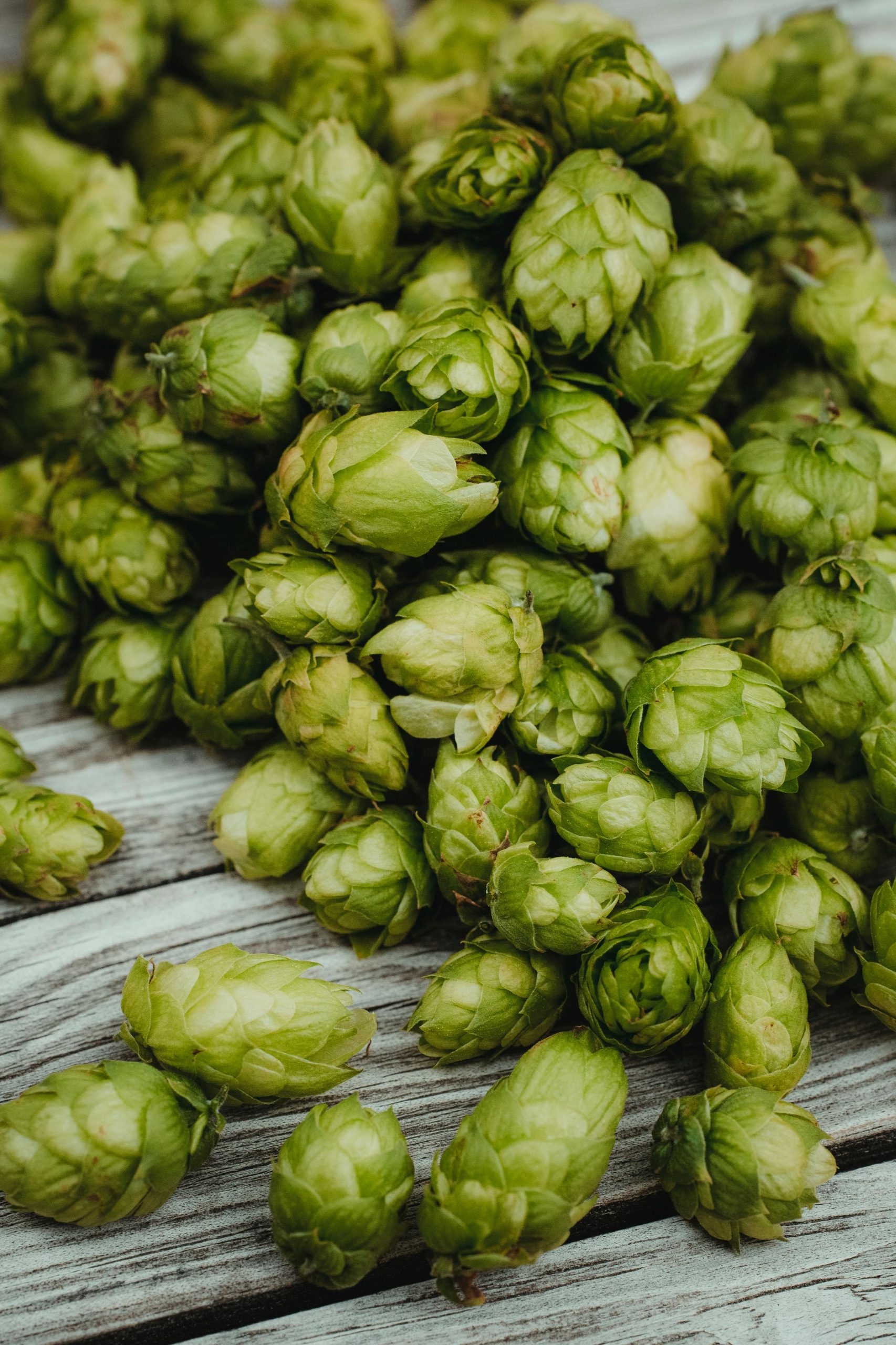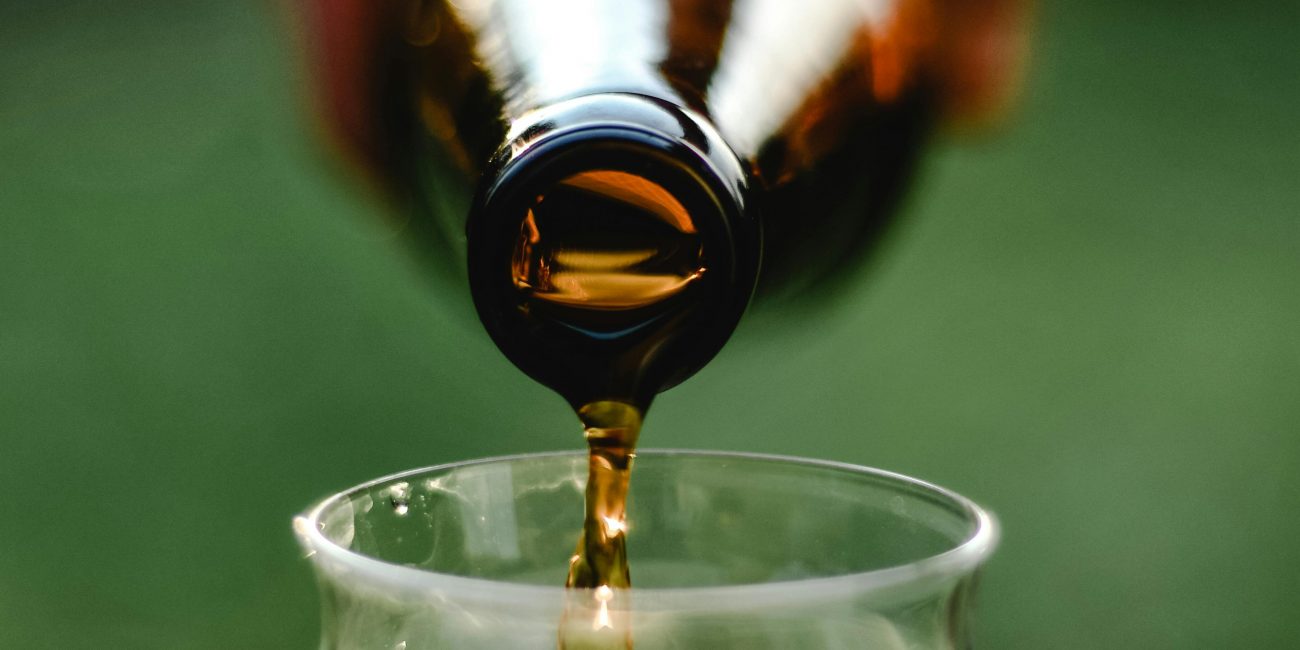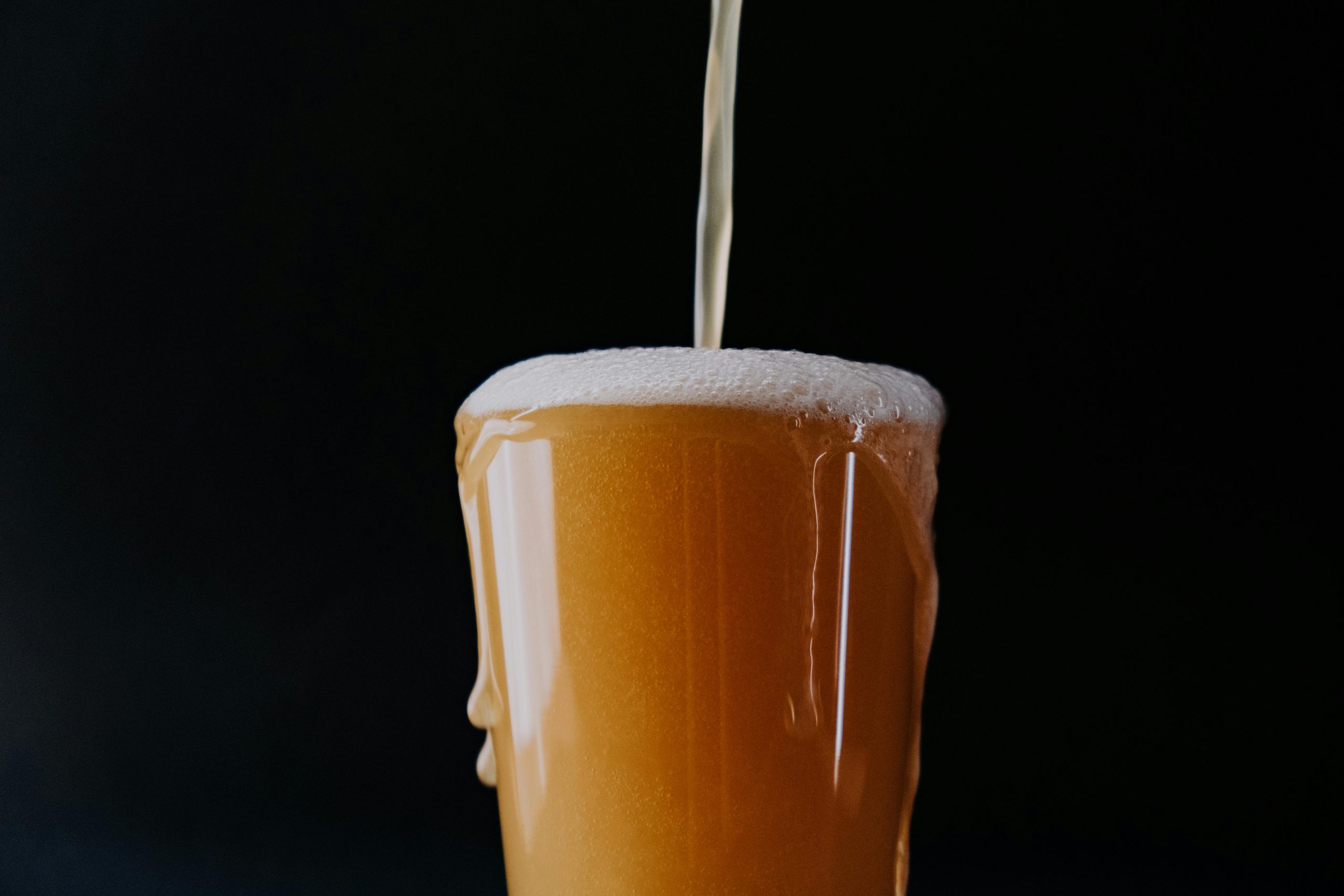
IBU: WHAT IS IT AND HOW DOES IT AFFECT THE TASTE OF BEER?
If you enjoy beer, you’ve probably heard of the term IBU. It’s not just an abbreviation you might spot on a label or on your favorite brewery’s website — it’s an important indicator that directly influences the flavor of your favorite drink. In this article, we’ll break down what IBU is, how it’s measured, and what it really means for your beer experience.
WHAT IS IBU?
IBU (International Bitterness Units) is the international measurement unit for beer bitterness. Simple enough, right? But if you thought IBU was the name of an alien creature or a magical device, think again.
IBU measures the level of bitterness in beer, which is directly related to the amount of alpha acids from hops. Hops are the ingredient that gives beer its characteristic aroma and flavor, while also helping with preservation. The alpha acids in hops are responsible for that bitterness, which can range from barely noticeable to highly intense, depending on the style of beer.
The IBU scale was created in 1964 by the American Society of Brewing Chemists (ASBC) to standardize bitterness measurement and make comparisons easier. IBU values typically range from 0 (barely bitter) to 100 or more (very bitter).

HOW DOES IBU AFFECT BEER?
IBU is a useful tool for both brewers and consumers, as it helps guide expectations on bitterness and allows people to choose beers that suit their tastes. It’s important to note that, generally, the higher the alcohol content, the higher the IBU. This helps balance the sweetness of the alcohol and creates harmony in flavor.
For example, lighter beers such as wheat beers or lagers typically have a low IBU (10–20), while stronger beers like IPAs can range between 40 and 70 IBU.
BEER STYLES AND THEIR TYPICAL IBU RANGES
To better understand how IBU works across styles, here are some common ranges:
- Wheat beer: Usually between 10 and 20 IBU. Light, refreshing, with fruity notes and a smooth taste.
- Light lager: Bitterness ranges from 15 to 25 IBU. Balanced, easy to drink, with mild bitterness.
- Dark beer: Depending on the hops and malts used, it can range from 25 to 50 IBU. Often richer and deeper in flavor.
- Ale (top-fermented beer): Can reach up to 40 IBU. Fruity yeast aromas help soften the bitterness.
- IPA (India Pale Ale): Known for its strong bitterness, with an IBU from 40 to 70 or more. Characterized by citrus, pine, and floral notes.
WHAT GIVES BEER ITS BITTERNESS?
The main source of bitterness in beer is hops, added during the brewing process.
However, bitterness is not only influenced by hops — the amount and type of malt used also play a role.
Malt contributes sweetness, which can balance bitterness. For example, in some dark beers, the sweetness from malt can soften the intense bitterness of hops.
Also, bitterness perception is subjective. People not used to bitter flavors might find even moderately bitter beers too intense.
That’s why it’s important not to rely only on IBU values, but to taste the beer to see if it suits your preferences.
CONCLUSION
IBU isn’t just a number — it’s a key indicator that helps brewers and drinkers understand the bitterness of a beer. Still, it’s only one part of the flavor profile. To get the full picture, you should also consider sweetness, acidity, and even serving temperature.
So next time you choose a beer, check the IBU — but most importantly, taste it and enjoy it with all your senses!








Leave a Reply